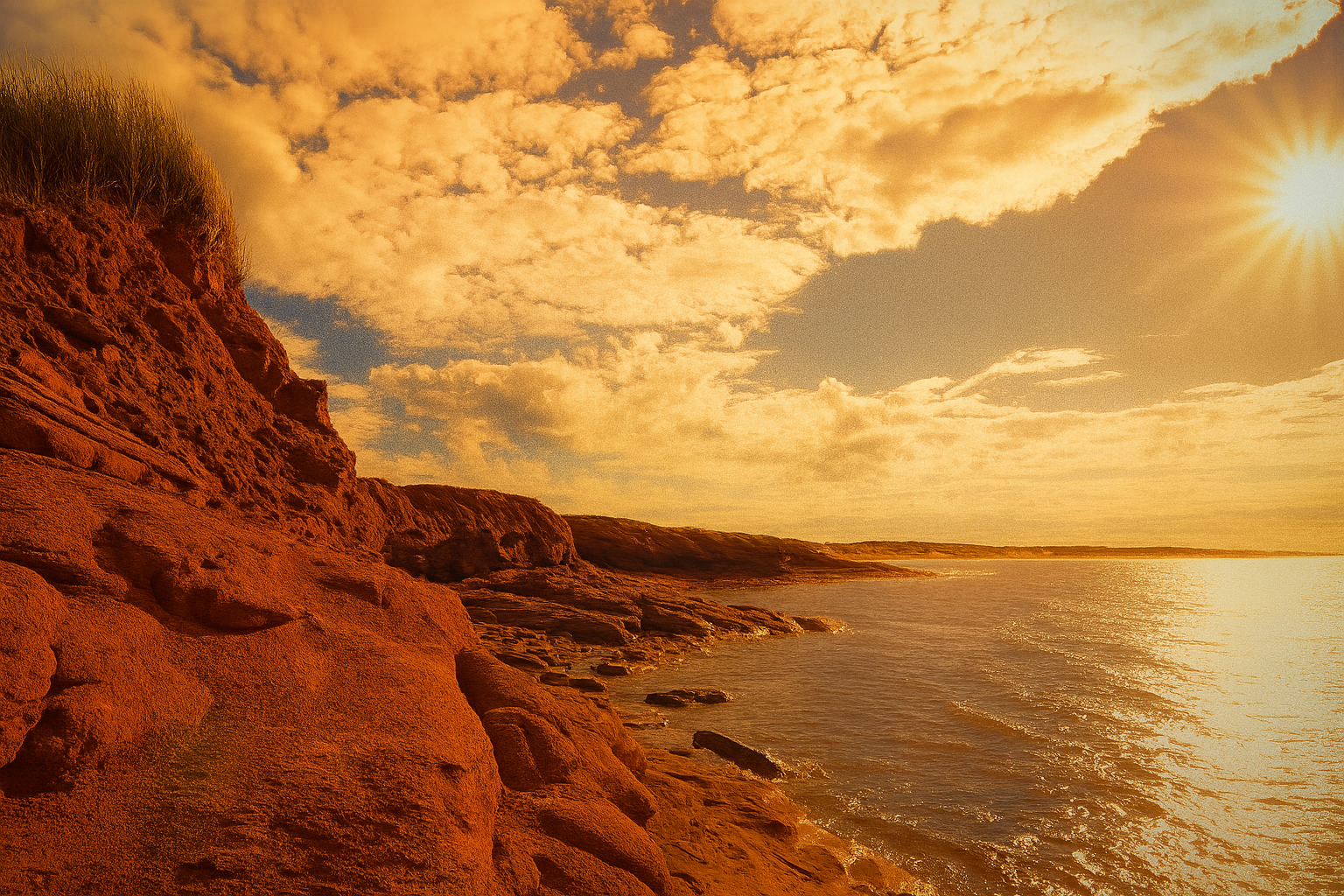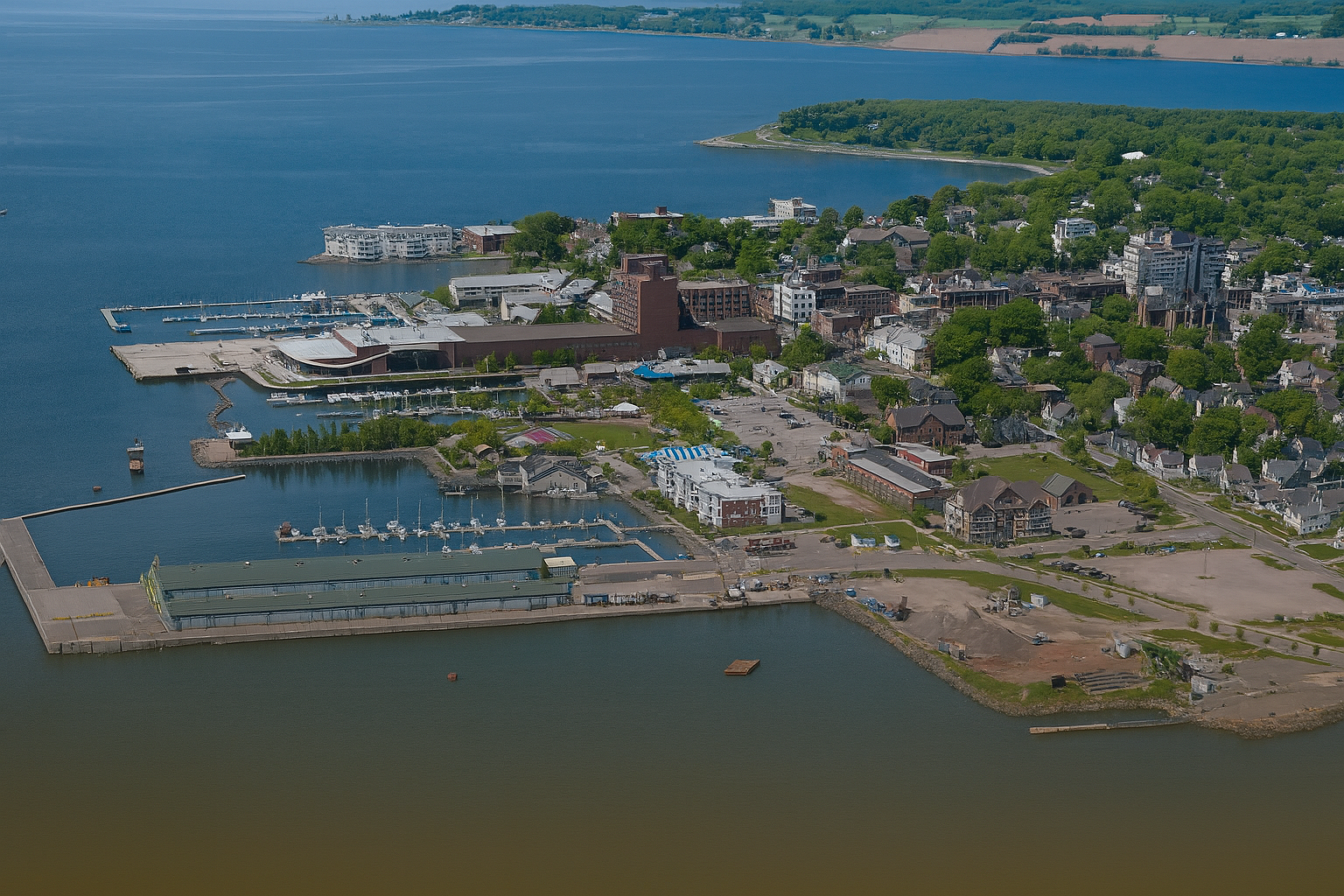General information
Prince Edward Island is famous for its picturesque beaches, characterized by the distinctive rusty red color of the sand and dunes. Formed from soft sandstone, the color is due to the high iron oxide content. PEI has 1,100 km of coastline in total. Prince Edward Island is the only exclusively island province in Canada, and also the smallest by both area and population, with only 150,000 inhabitants. A rich farmland, the island was one of the first parts of Canada to be settled by Europeans.

Prince Edward Island enjoys a long season of abundant precipitation throughout the year. July and August are the driest months and December tends to see the most precipitation. PEI has about 1/3 as many foggy days as NS or NB, that's absolutely incredible for a maritime province! PEI winters have an average temperature of -7 degrees.
Cost of Cost of Living
1 month average
Salaries
Economy
Prince Edward Island is Canada's largest potato producer.
The province also produces dairy products, beef, pork, vegetables, grains, oilseeds, fruits and hay, while organic agriculture continues to grow.



Living in
Health health system
International students in PEI are eligible for public health insurance if they will be living in PEI for at least six months. However, a person can only apply for a PEI Health Card after residing in the province for at least three months. The first few months of study must be covered by private insurance.

Driver's driver's license
If you are not a resident of PEI but are a visitor, student or temporary worker, you may drive under the authority of your non-PEI driver's license which is permitted. If you are a full-time student attending an educational institution in PEI (UPEI or university), you may drive in PEI with your local license if your license is current and valid and, if required, accompanied by an International Driving Permit.

Discover
Study at
We help you with your college or university search.





































.jpg)